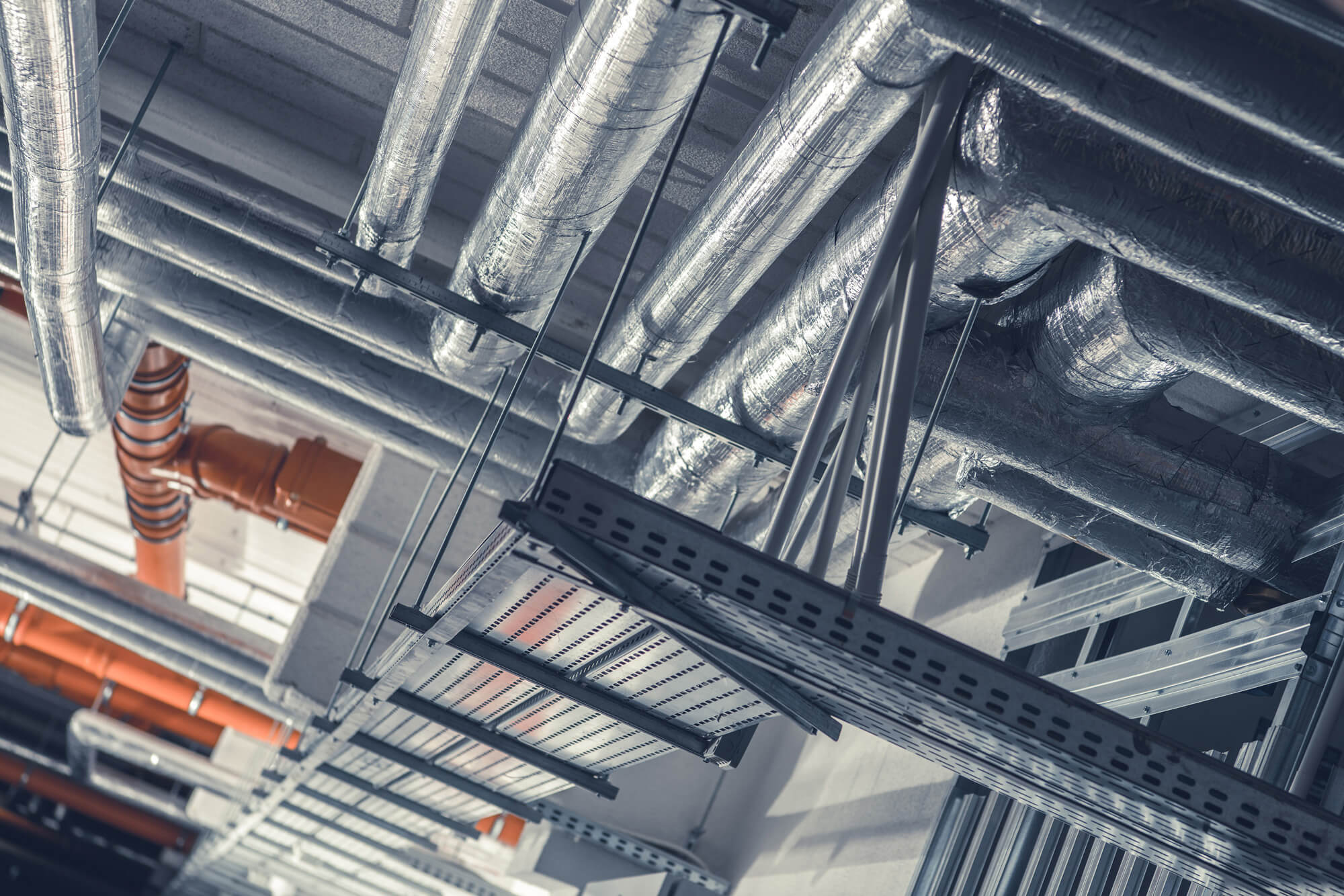When it comes to selecting the right ductwork for your HVAC system, the choice between galvanized ducts and stainless steel ducts can significantly impact the performance, durability, and cost-effectiveness of your project. Both materials offer distinct advantages and come with their own set of considerations. In this blog post, we'll explore the key differences between galvanized and stainless steel ducts, and the pros and cons of each, to help you make an informed decision for your next project.
Galvanized Duct
What is Galvanized Duct?
Galvanized ducts are made from steel that has been coated with a layer of zinc to prevent rust and corrosion. This coating process, known as galvanization, enhances the durability and lifespan of the steel, making it a popular choice for a variety of HVAC applications.
Pros of Galvanized Duct:
- Corrosion Resistance: The zinc coating provides excellent protection against rust and corrosion, especially in environments with moderate humidity and temperature fluctuations.
- Cost-Effective: Galvanized ducts are generally more affordable than stainless steel ducts, making them a budget-friendly option for many projects.
- Strength and Durability: Galvanized steel offers good structural integrity and can withstand significant wear and tear, making it suitable for both residential and commercial installations.
Cons of Galvanized Duct:
- Limited Lifespan in Harsh Environments: In highly corrosive or coastal environments, the zinc coating can eventually wear away, exposing the steel to rust.
- Heavier than Aluminum: While not as heavy as stainless steel, galvanized steel is heavier than aluminum, which can complicate installation in certain scenarios.
- Less Aesthetic Appeal: The appearance of galvanized ducts might not be as sleek or modern as stainless steel, which could be a consideration in visible installations.
Stainless Steel Duct
What is Stainless Steel Duct?
Stainless steel ducts are made from an alloy of steel that includes chromium, which provides exceptional resistance to corrosion and staining. This makes stainless steel ducts ideal for demanding applications where longevity and hygiene are critical.
Pros of Stainless Steel Duct:
- Superior Corrosion Resistance: Stainless steel is highly resistant to corrosion, even in harsh environments with high humidity, chemicals, or saltwater exposure.
- Long Lifespan: The durability of stainless steel means these ducts can last significantly longer than other materials, reducing the need for frequent replacements.
- Hygienic and Easy to Clean: Stainless steel's smooth surface makes it easy to clean and maintain, making it an excellent choice for environments that require strict hygiene standards, such as food processing plants and hospitals.
Cons of Stainless Steel Duct:
- Higher Cost: The primary drawback of stainless steel ducts is their higher upfront cost compared to galvanized ducts. However, this can be offset by their longevity and low maintenance needs.
- Weight: Stainless steel is heavier than both aluminum and galvanized steel, which can make installation more challenging and require additional structural support.
- Potential Overkill for Some Applications: In environments where extreme corrosion resistance isn't necessary, the benefits of stainless steel might not justify the additional expense.
How to Choose for Your Next Project
When deciding between galvanized and stainless steel ducts, consider the following factors:
- Environmental Conditions: For environments with high humidity, corrosive chemicals, or salt exposure, stainless steel is the better choice. For less demanding environments, galvanized steel provides ample protection at a lower cost.
- Budget: If cost is a primary concern and the environmental conditions are not overly harsh, galvanized ducts offer a more economical solution. For long-term projects where durability and minimal maintenance are priorities, stainless steel might be worth the investment.
- Application Requirements: Consider the specific needs of your project. For example, food processing facilities, medical environments, and coastal installations benefit greatly from the superior properties of stainless steel. Residential and standard commercial projects often find galvanized steel to be sufficient and cost-effective.
In summary, both galvanized and stainless steel ducts have their place in HVAC systems, each offering unique benefits and drawbacks. By carefully evaluating your project's specific requirements, environmental conditions, and budget constraints, you can make an informed decision that ensures optimal performance and longevity for your ductwork system. At Duct2Go, we provide a wide range of high-quality galvanized and stainless steel ducts to meet all your needs. Contact us today to learn more and get expert advice on selecting the right ducts for your project.


